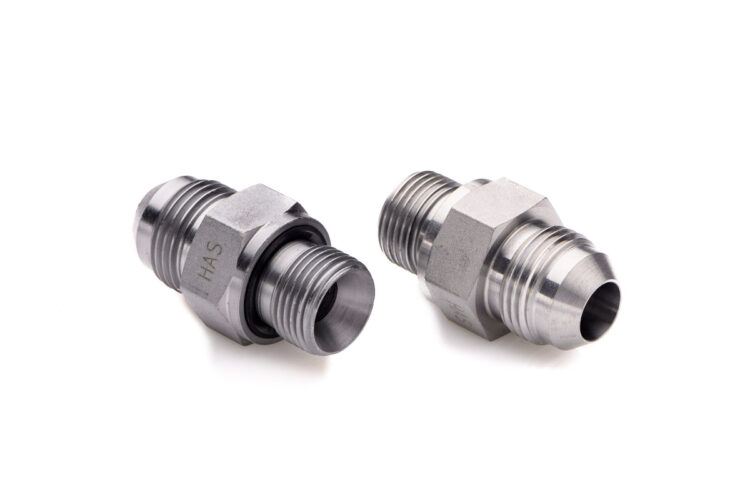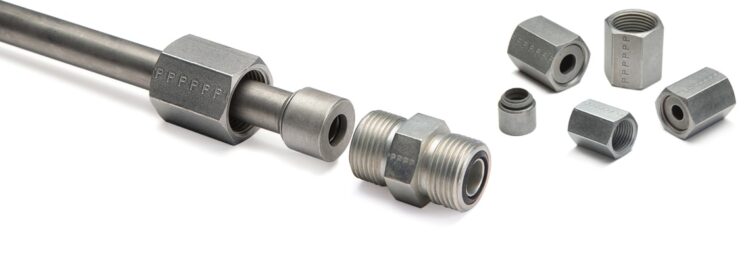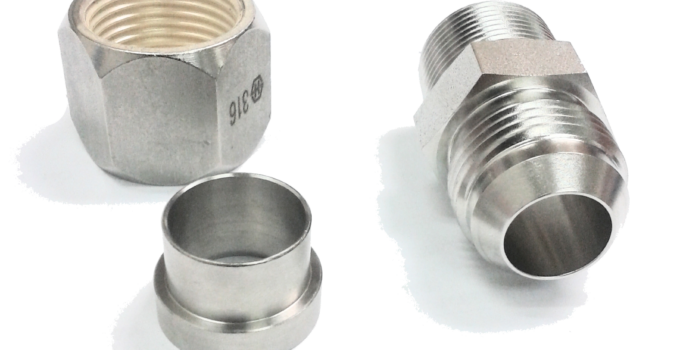In the realm of fluid systems, Joint Industry Council (JIC) fittings play a critical role. These components are widely recognized for their reliability in creating secure, leak-proof connections in hydraulic systems. This blog post explores the question: Can you hand tighten JIC fittings? We’ll break down the process and considerations to ensure clarity and actionable knowledge.
Page Contents
Understanding JIC Fittings

Source: sklep.polberis.pl
JIC fittings, characterized by their 37-degree flare, offer a metal-to-metal seal that is both robust and reusable. This design is pivotal in high-pressure applications, providing a seal that can withstand the rigors of hydraulic systems in industries such as automotive, aerospace, and manufacturing.
Installation Basics
Installing JIC fittings properly is key to their performance. The process begins with ensuring the mating surfaces are clean and undamaged. This is crucial for preventing leaks. The fitting is then threaded by hand to guarantee it starts correctly and to avoid cross-threading, which can lead to significant system failures.
The Role of Hand Tightening
A fundamental step in installing is hand tightening. It makes sure that before using any tools, the threads are properly engaged. This first action is crucial because it prepares the area for the final tightening with the proper instruments, guaranteeing a safe and leak-proof connection.
Hand Tightening vs. Tool Tightening

Source: parker.com
While hand tightening is an essential step in the installation, it is not sufficient on its own to ensure a secure connection. The precision required to achieve the optimal seal cannot be attained by hand strength alone.
The Limitations of Hand Tightening
Hand-tightening JIC fittings, while essential for starting the installation process, have their limitations. It ensures the threads engage correctly but lacks the force needed for a secure seal. This step alone can’t provide the tightness required to prevent leaks in high-pressure systems. Without the use of tools, the 37-degree flared surfaces can’t mate perfectly, leaving the connection vulnerable. Reliance solely on hand strength risks inadequate sealing, leading to potential system failures.
For optimal performance and safety, transitioning from hand to tool tightening is indispensable to apply the manufacturer-recommended torque, ensuring the robustness and reliability of the connection. Recognizing this limitation is crucial for maintaining the integrity of hydraulic systems, underscoring the importance of following proper installation procedures.
The Necessity of Tool Tightening
Tool tightening, following the hand-tightening phase, is where the proper seal is achieved. Using a wrench, the fitting is tightened to the manufacturer’s specified torque. This ensures the 37-degree flared surfaces are mated perfectly, creating the robust seal JIC fittings are known for. This step is non-negotiable for the integrity of this great connection.
Conclusion
In conclusion, while hand tightening is a critical initial step in the installation of JIC fittings, it is not sufficient on its own to ensure a secure, leak-proof connection. The precision and force required to achieve the optimal seal necessitate the use of tools to apply the correct torque. Understanding this balance is key to harnessing the full potential of JIC fittings in any hydraulic system.




